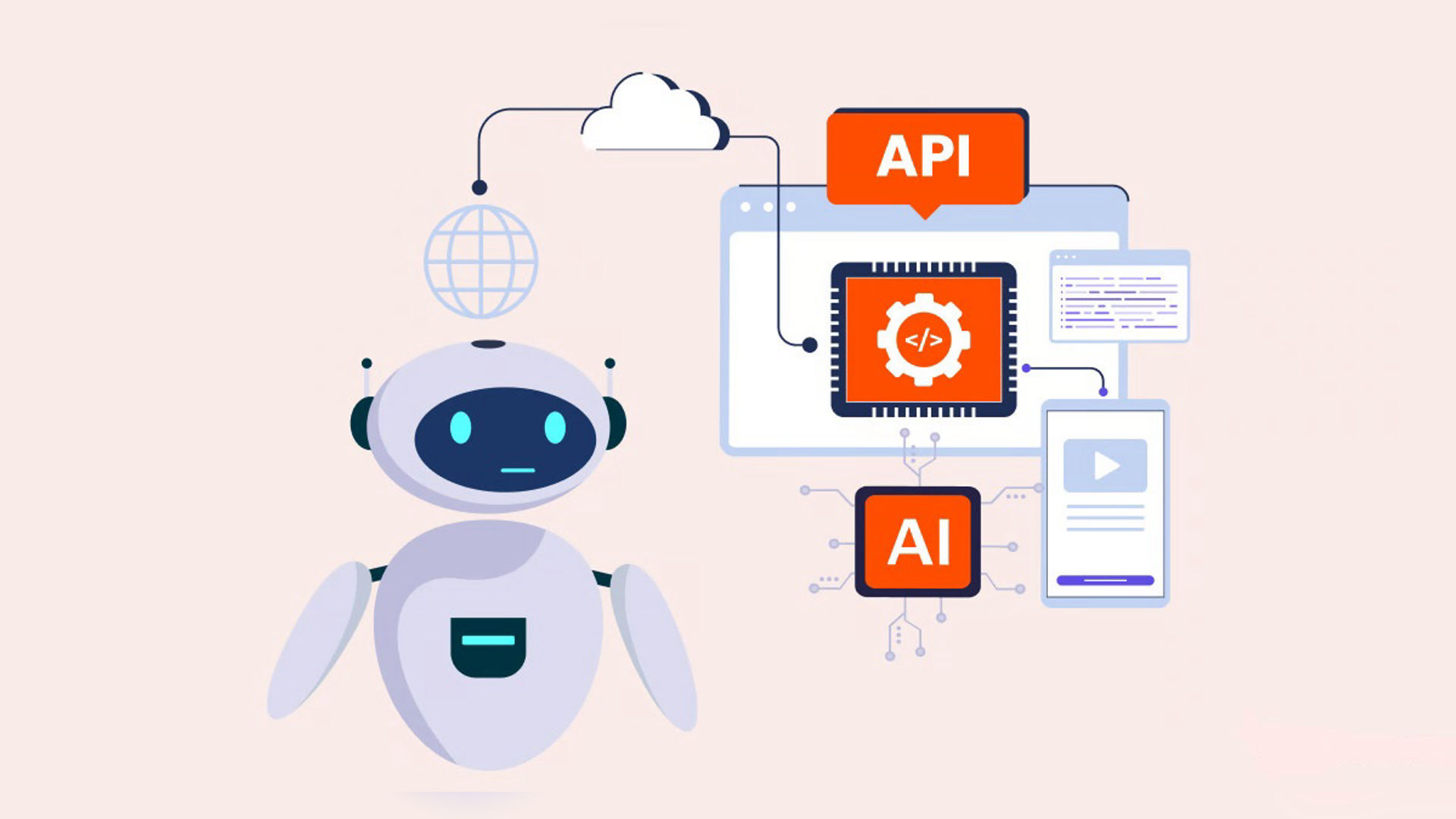As artificial intelligence becomes increasingly integrated into modern applications, the demand for robust, efficient, and scalable AI APIs has never been higher. Whether you’re building machine learning models, generative AI services, or NLP-powered tools, having the right backend architecture is essential to ensure smooth performance, scalability, and long-term maintainability.
In this article, we’ll explore seven powerful backend architecture tips to help you succeed in building AI APIs that are not only fast and reliable but ready for scale.
1. Design for Asynchronous and Parallel Workflows
AI workloads are often compute-intensive and time-consuming. To avoid blocking your API responses and improve throughput, design your architecture to support asynchronous processing.
For instance, when a user sends a request to your AI API, offload the processing to a task queue (e.g., using RabbitMQ, Celery, or Kafka). This way, your API can return a request ID immediately and let clients poll or subscribe to results.
Tip: Implement background workers that can process tasks in parallel, allowing for better resource utilisation and responsiveness.
2. Containerise and Orchestrate with Kubernetes
Deploying your AI services in containers (like Docker) ensures consistency across environments. But when you’re aiming for scalability, orchestration tools such as Kubernetes become vital.
Kubernetes allows you to:
- Auto-scale based on resource usage or request load
- Manage multiple AI models as microservices
- Implement rolling updates and fault tolerance
By decoupling different services into microservices and orchestrating them with Kubernetes, your architecture becomes more modular and easier to scale.
3. Use GPU-Optimised Infrastructure Strategically
Many AI models, especially deep learning ones, require GPU acceleration. While GPUs significantly enhance performance, they are expensive and limited in availability.
Instead of assigning GPUs to every instance, consider creating a dedicated inference layer optimised for models requiring GPU. Use autoscaling to dynamically allocate GPU resources only when needed.
Example: Run lightweight models on CPU for quick predictions, while routing heavy tasks to GPU-backed services.
4. Implement API Gateways and Rate Limiting
As your AI API becomes public-facing or serves multiple clients, managing traffic flow and security is essential. API gateways help manage requests, authenticate users, and apply rate limiting rules to prevent abuse.
An API gateway (such as Kong, NGINX, or AWS API Gateway) can:
- Enforce quotas per user or token
- Route requests based on paths (e.g.,
/predict,/generate) - Transform headers or payloads
- Provide analytics and monitoring
This architectural layer ensures your API remains protected and performs reliably under varying loads.
5. Optimise Model Loading and Cold Starts
A common bottleneck in AI API performance is cold start time, especially if models are loaded dynamically on every request. This is particularly problematic with large transformer or vision models.
To solve this:
- Preload frequently-used models at service startup
- Use memory-mapped files or ONNX optimisations
- Implement a model cache that keeps active models in memory and offloads inactive ones
Pro tip: Consider using model servers like TorchServe or TF Serving to manage inference more efficiently.
6. Embrace Logging, Monitoring, and Tracing Early
As your system scales, pinpointing bottlenecks or failures without proper observability becomes nearly impossible. Integrate a logging and monitoring stack early using tools like:
- Prometheus + Grafana for metrics
- ELK Stack or Loki for logging
- Jaeger for distributed tracing
Observability not only helps in debugging and performance tuning but also plays a critical role in compliance and SLAs when offering AI APIs commercially.
7. Support Multi-Tenancy and Versioning
If your API is going to serve multiple clients or products, consider multi-tenancy from the beginning. This allows each client to:
- Have isolated access to models or data
- Manage API keys and limits independently
- Upgrade to new versions without breaking existing apps
API versioning (e.g.,/v1/predict,/v2/generate) allows you to innovate and improve models over time while maintaining backward compatibility for users.
Best practice: Include metadata in responses to inform users of the model version used and available updates.
Final Thoughts
Building AI APIs that are scalable and production-ready involves much more than wrapping a model in a Flask app. With the right backend architecture, you can ensure reliability, maintainability, and high performance, even under unpredictable loads.
By adopting asynchronous processing, containerisation, API gateways, and observability tools, your AI APIs can seamlessly grow with demand. And if you’re looking for professional assistance to accelerate your development journey, Dev Centre House Ireland offers expert backend and AI integration services tailored to scaling complex systems efficiently.
Start smart, scale smarter and let your AI do the talking.
